What Even Is a Watch Collector (and Is It Me)?
LVMH Watch Week, Daniel Roth, brand furloughs, Chopard L.U.C, and rusting Olympic medals.
A look at the standout release from LVMH Watch Week, temporary furloughs at big watchmakers, and updates to the Chopard L.U.C. Then, this week’s main event: What even is a watch collector (and is it me)?
LVMH Watch Week: Daniel Roth Stands Out
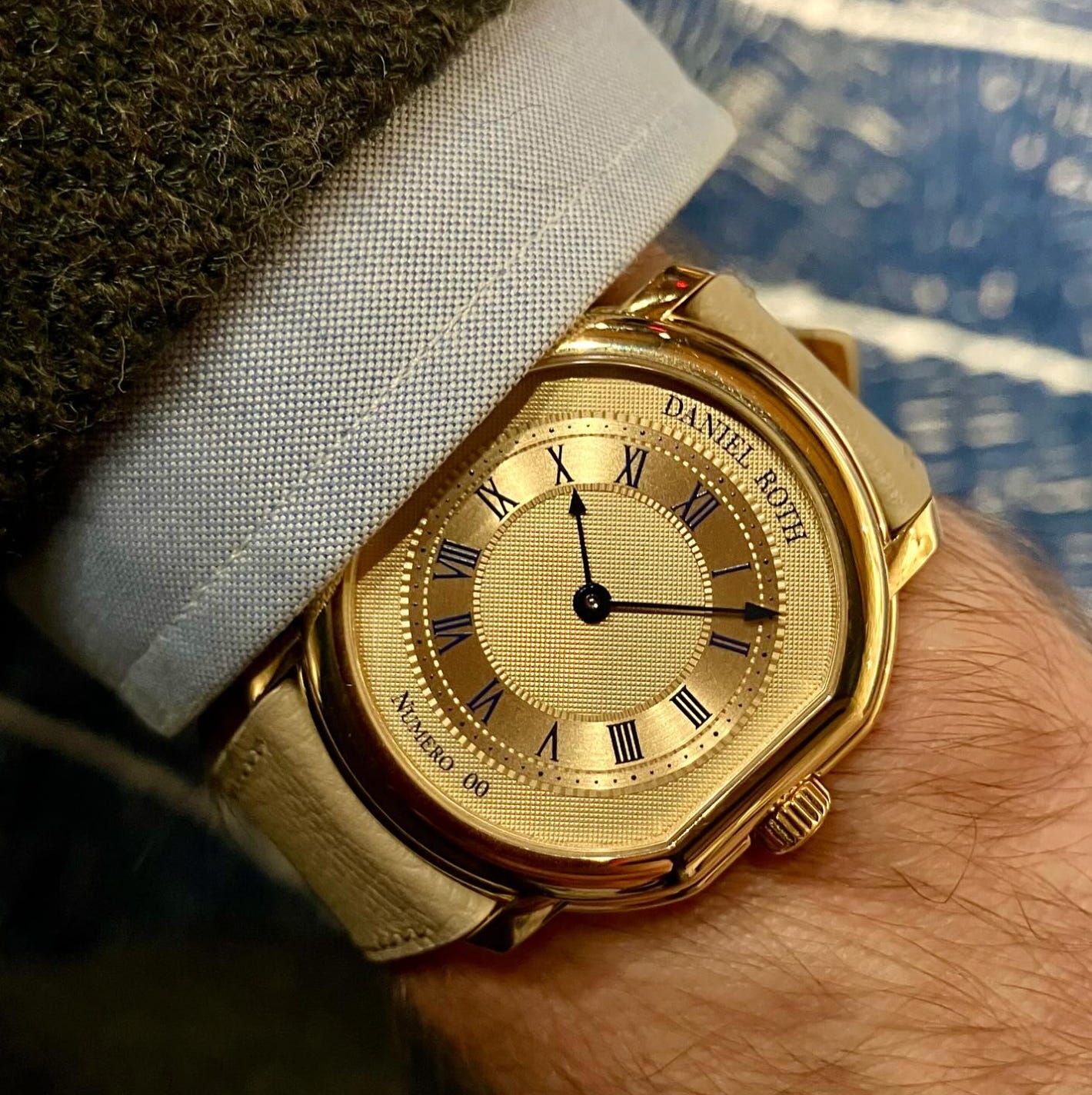
The releases from LVMH Watch Week were mostly unremarkable. It’s a chance for brands, many of which also exhibit at Watches & Wonders in April, to introduce a few watches before the pre-W&W quiet period when new announcements are restricted.
The Daniel Roth Extra Plat stands out. It’s a refined update of the ‘90s original, with an updated movement from DR (the original used an F. Piguet base). The double ellipse matches the dimensions of last year’s rose gold Tourbillon (38x35mm)—very impressive in person—but it’s a good 2mm thinner. The updated case wears much better than the original. Not only is it thinner, but the lugs are rounded and curved to better fit the wrist.
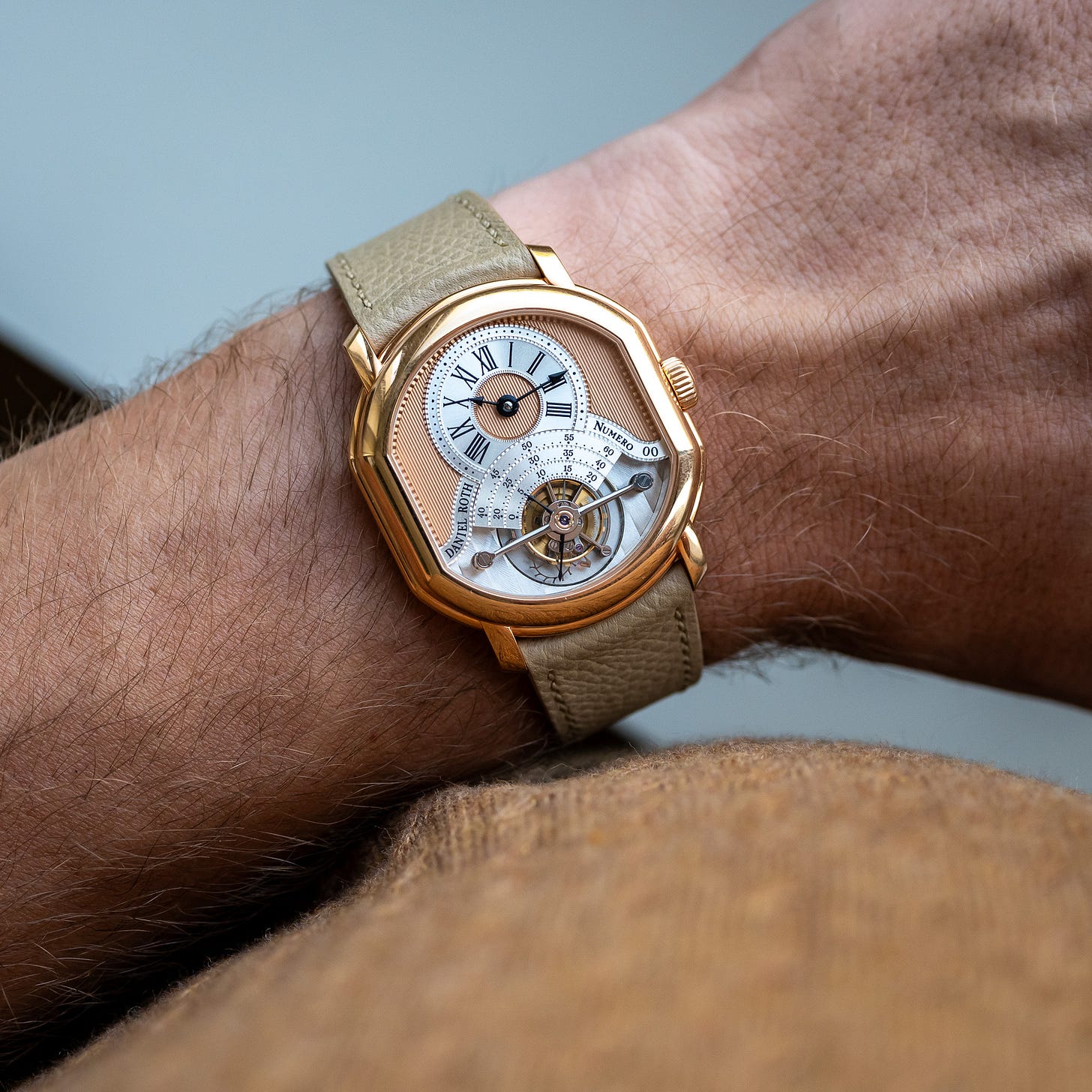
The dial is made of gold and features straight-line hand guilloche. Daniel Roth is quickly becoming the brand most adept at refining the watches from the neo-vintage rebirth of traditional watchmaking.
$50k for a time-only dress watch is a lot. I’d want to feel a certain patronage to the brand—like with an indie—and that’s difficult when Daniel Roth is backed by the universe’s largest luxury conglomerate. But damn, the Extra Plat looks good.
Besides Louis Vuitton’s strong lineup, most of the releases from Zenith, TAG Heuer, and Hublot were iterative.1
Meanwhile, Slowdowns in the Valle de Joux

Various French-language reports indicate that Jaeger-LeCoultre has reduced hours for employees at its Valle de Joux manufacture. It’s using the same reduced-hours state program as Ulysse Nardin, Girard-Perregaux, and dozens of suppliers, enabling temporary furloughs without permanent job cuts. It reflects the continued slowdown in the watch industry. While Richemont’s financial results were positive last week, its Watchmakers division was down 8%, dragged down entirely by Asia.
Jaeger-LeCoultre’s nickname, the “Grande Maison” (translating to big house), isn’t a statement of hubris—it’s literal. JLC is the largest manufacturer in the Valle de Joux, also home to Audemars Piguet, Breguet, and Blancpain. Today, Jaeger has about 1,000 employees in its Le Sentier manufacturer.
Jaeger’s factory is closed two days a week, a slowdown expected to last through at least February.
Walking around the Miami Beach Antique Show, it struck me that Jaeger-LeCoultre was perhaps the most omnipresent brand. Beyond its own watches, JLC powered tiny ‘20s watches for Cartier and Hermes; integrated bracelet steel sports watches of the ‘70s; and many ultra-thin perpetual calendars from the ‘90s.
As a collector, my three favorite vintage brands are Rolex, Cartier, and Jaeger-LeCoultre. All this to say: I’m rooting for JLC to turn the corner.
Jaeger-Le-Coultre has even had good releases in the past couple of years—the Reverso Chronograph and the steel Tribute Monoface (below)—and feels close to finding its way, but it won’t be easy.
Elsewhere, Fossil-owned STP has shut down, closing a manufacturing facility with about 20 employees. STP’s main client was Zodiac, the Swiss brand acquired by Texas-based Fossil in 2001. While the broader downturn was part of the problem, the closure comes down to miscues by Fossil, who invested in Swiss-made manufacturing in the early 2000s when times were good. When it lost clients and licenses (namely Burberry), it became overexposed to a downturn.
Enough of that, let’s get a bit more philosophical.
What Is a Watch Collector (And Is It Me)?
Since the first sundial cast its shadow, timepieces have been collected as symbols of craftsmanship, innovation, and mostly, status. By the 1980s, wristwatches became the most collectible of these objects, with collectors building thematic collections of Rolex Bubblebacks or Art Deco Americana.
For years, I didn’t like the term “collector.” It felt so pretentious, suggesting an unearned sophistication for what’s essentially accumulating (hoarding) expensive sh*t that no one needs.
But over time, I‘ve learned to embrace the word collector.
Today, enthusiasm is the sourdough starter of collecting. A watch enthusiast might not become a collector, but that initial spark of passion is essential. An enthusiast gets excited about watches and directs their time towards engaging with watches or the people around them.
The enthusiasm and passion behind a collection matter more than its size or monetary value.
The Chaos of a Collector
“The life of a collector manifests the tensions of order and disorder,” wrote critic Walter Benjamin in a famous 1931 essay.
While collections don’t need strict themes, they do need narratives. It’s more than aimless accumulation, though perhaps not much more.
Collecting imposes a fleeting sense of order on the chaos of the world, whether documenting the evolution of the Rolex Daytona or F.P. Journe’s early career or our own lives. Often, collectors take it too far, attempting to impose rigid rules on what’s actually just a natural evolution.2 Still, objects can feel like checkpoints on a journey.
BEYOND ACQUISITION
Thoughtful acquisition, even of a few watches, can start a collection. But pursued alone, it’s just consumption—often unhealthy and definitely expensive (therapy is cheaper).
Watch collectors have little in common with the consumer who strolls into a retailer and asks for the newest and shiniest. A watchbox of G-Shocks can feel more like a collection than a vault of Pateks that someone acquired just because they could.
Collecting requires more than just money and knowledge, but a certain flair that comes from enthusiasm. Collectors see names, dates, and reference numbers not as isolated facts, but as part of a bigger picture. Joy lies in both the expected and unexpected, and how both might fit into your collection.
THE PERSONAL CONNECTION
A collector curates objects into a meaningful narrative, reflecting their own personality and priorities.
But I don’t want it to sound more high-minded than it is. I once met a guy named Philip and that’s why he was drawn to collect Patek Philippe. And I get that. Imagine the story: Young kid sees a watch brand with his name. Young kid wants watch, but learns it costs more than a pre-owned Toyota Camry. He aspires to achieve great things and eventually own a “Patek Philippe.”
It’s the same reason Ironman is my favorite Avenger, Tony Hawk is the best skateboarder, and I’ll let you guess my favorite mobster. Philip’s parents could’ve saved him a bunch of money, but Tissot doesn’t really roll off the tongue, does it?
For collectors, watches transcend function. Period, origin, craftsmanship, and provenance make a watch more than just an object. If you’ve ever seen a collector pick up one of their watches and truly look at it, you know they’re not seeing just the hours and minutes. Young Philip is looking into his past when he glances down at his World Timer.
I’m always struck by how childlike conversations among collectors can sound. Collecting lets us rediscover these simple, childlike pleasures. Touching new objects for the first time, giving them nicknames, showing them to friends, remarking on their color, appearance, or how heavy or light they feel in hand.
Collecting provides a sense of certainty. As we age, so do the objects around us. We see their scratches, dents, and patina. They don’t disappear when pixels refresh or with the next software update. This is also why we value provenance and originality.
Collectors feel a sense of ownership and responsibility. We imbue personal meaning in our objects. But there’s also a sense you’re carrying something on, whether it’s of personal or historical importance.
Last year, I found a vintage Reverso at a small auction in Chicago, buried among old coins, cards, and other collectibles. It felt wrong for this beautifully designed, historically important watch to be tossed into the junk drawer of time (at least as I saw it—coin collectors might disagree). Collectors take pride in preserving these kinds of objects.
Old watches like that Reverso are durable and well-made, built to last. This one had survived almost 100 years and it deserves another 100.
A Newsletter for Collectors
I was first drawn to watches because they felt more enduring than the disposable chaos around us—from Amazon air-fryers to TikTok trends. Sure, watch collecting is just trying to impose some order onto the swirling maelstrom of entropy disguised as progress that no algorithm can untangle.
To collect is simply to be more intentional about our consumption, either to address or escape that mess, whether spending $100 or $100,000. It might be delusional, but if that’s your kind of thing, you might be a collector, too.
The Roundup
Chopard L.U.C Lunar One. Chopard updated its L.U.C collection, highlighted by a pair of new Perpetual Calendar Lunar One models (starting at $86k). The case shrunk to 40.5mm (from 43mm) and has a more curving, natural profile. The dial was also significantly cleaned up. It’s not quite the steel L.U.C 1860 or even the forest green sector dial, but a worthy update.
🥇 Paris Olympic Medals are already tarnishing, putting a spotlight on LVHM. More than 100 athletes have asked for their rusting medals to be replaced.
💸 Collective Horology’s Openwork Podcast on whether luxury pricing has gone too far.
🌲 A visit to American independent Keaton Myrick in Bend, Oregon.
🎤 Finally, Hodinkee published a conversation I had with writer Jay Fielden about John Lennon’s 2499 last October.
See you Friday,
Tony
I’m not sure what’s become of the Formula 1 collection.
Arguments about whether Mk1 and Mk 2 bezels started in this serial range or that.





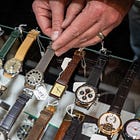
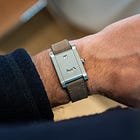
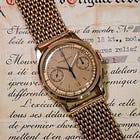
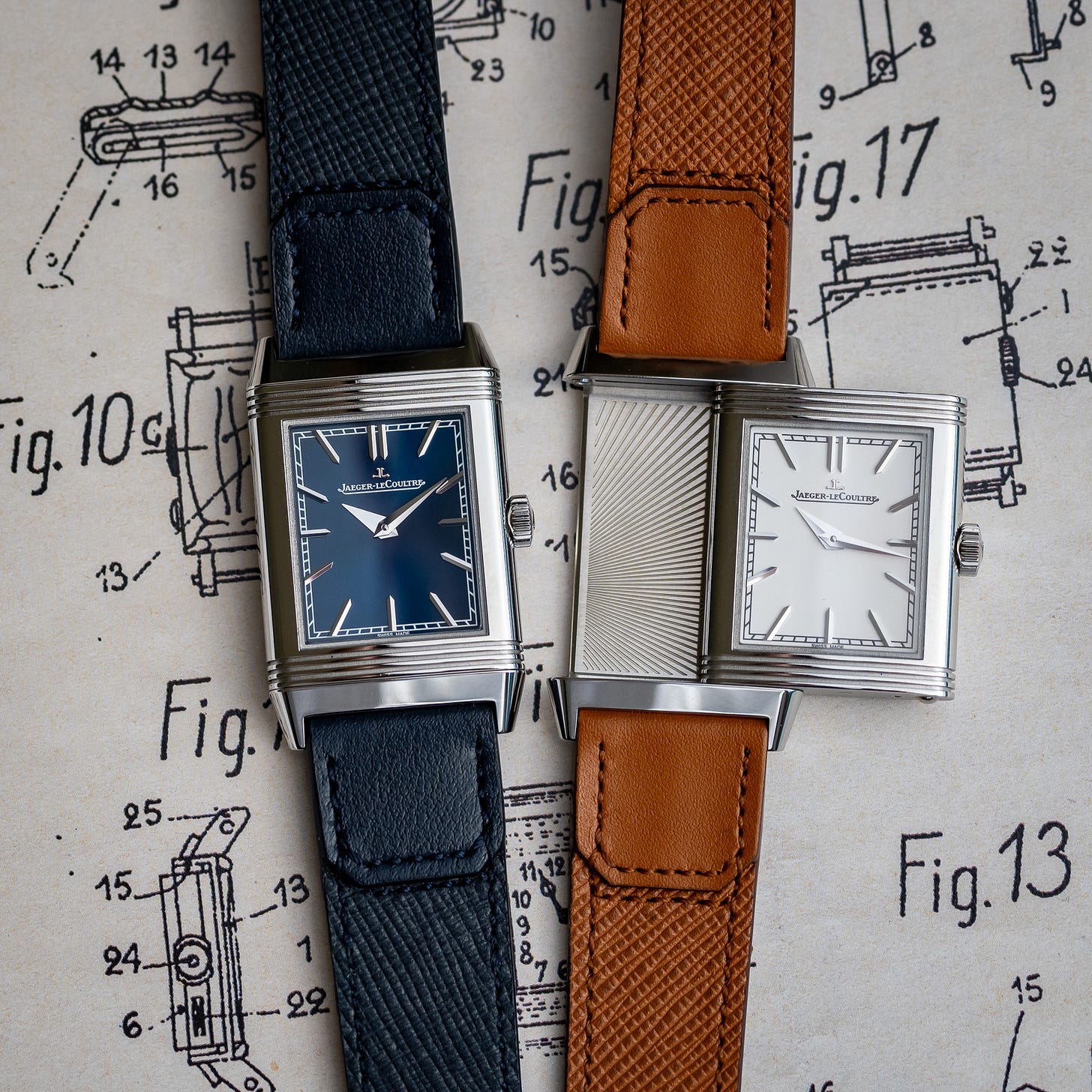
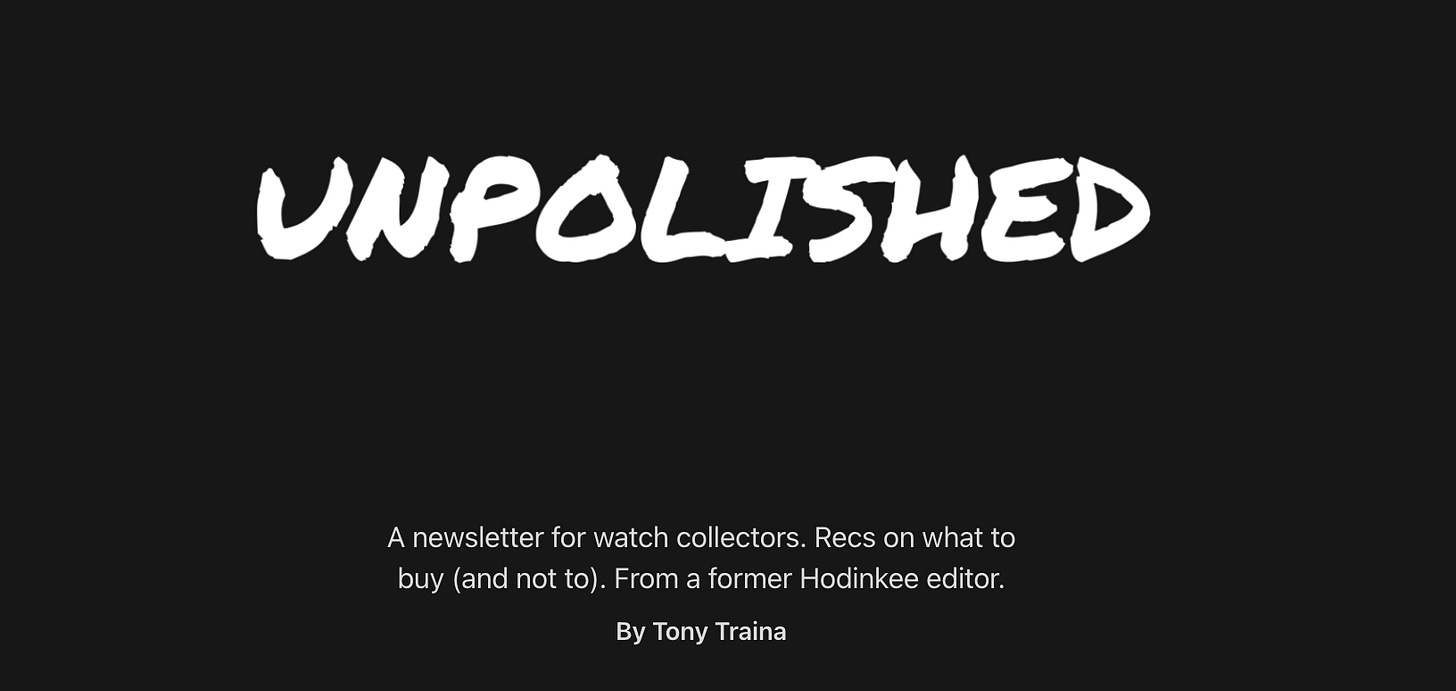
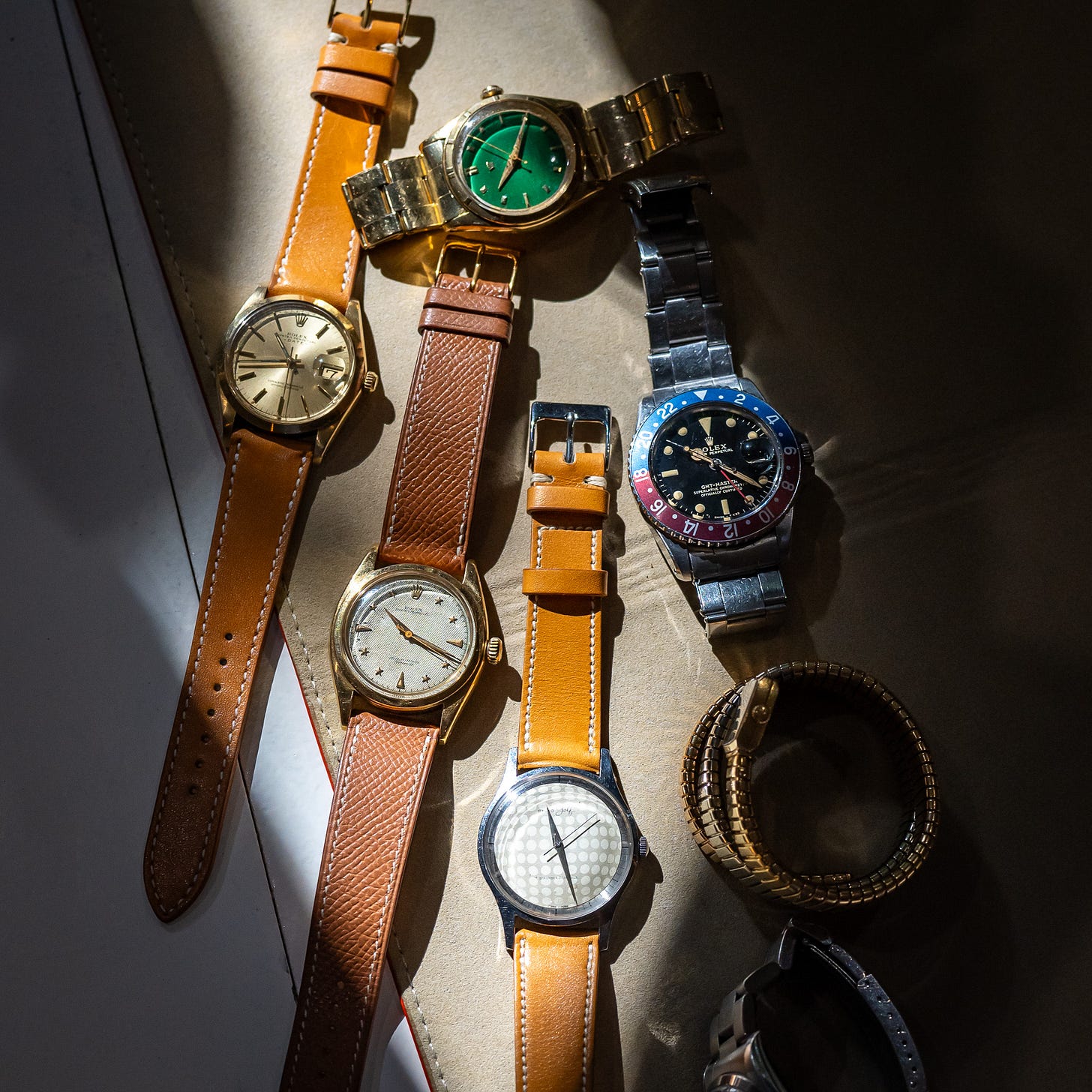
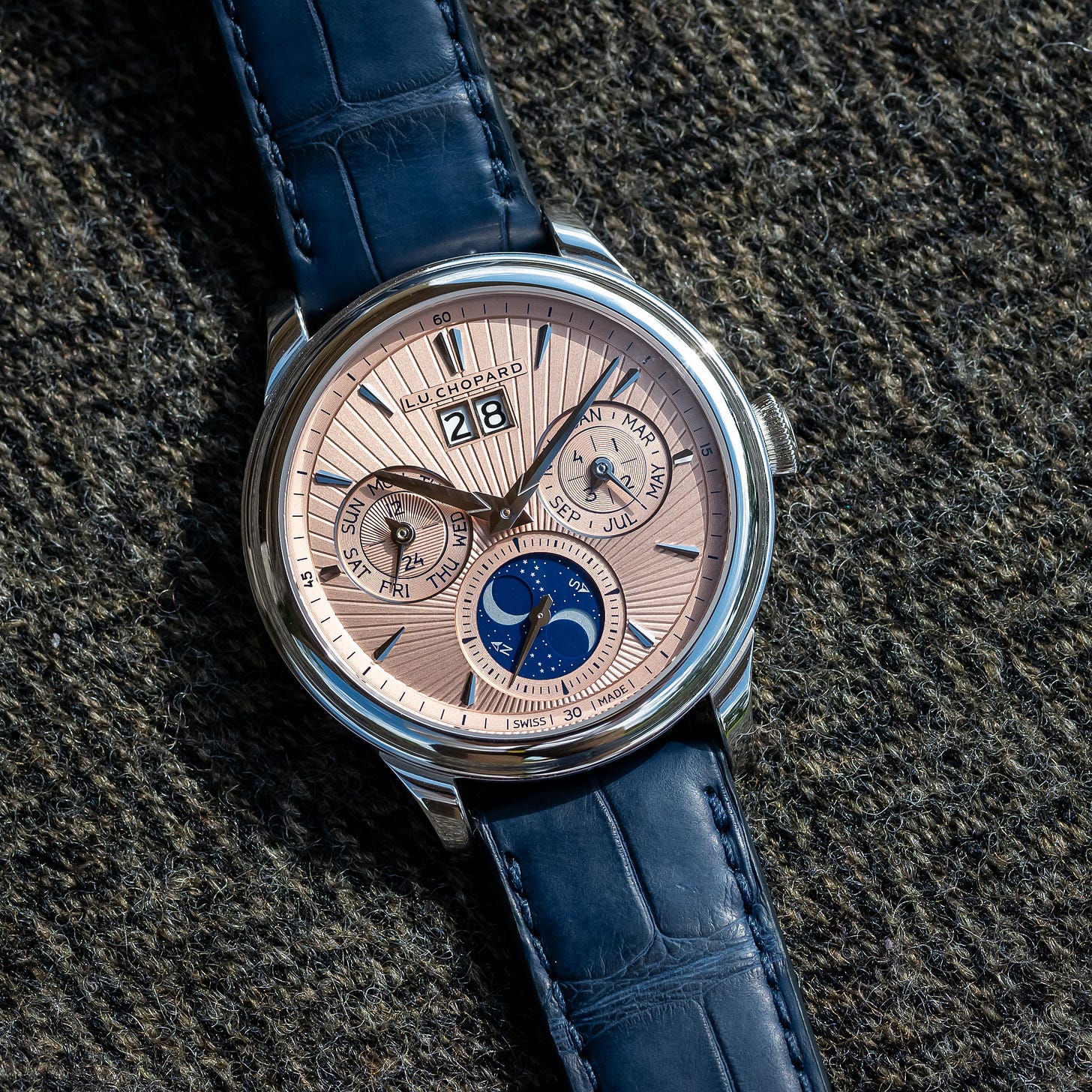
Lovely essay on collecting. Got me thinking - perhaps a deep dive for a future topic…
Going back to the Reformation, is there any credence to the idea that Arabic numerals are more “Protestant” while Roman numerals are “Catholic”.
Obviously, none of this has mattered for neigh on 200 years, but at its origins, it’s worth noting that the Reformation coincided with a time when Arabic numerals gained popularity in scientific and commercial contexts, aligning with Protestant emphasis on practicality and progress. Apparently those Protestants (especially in northern Europe) claimed to value functionality over ornate traditions, which might explain their preference for Arabic numerals on scientific instruments and clocks during the 16th and 17th centuries. Especially in Switzerland. Whereas in Catholic regions, ties to classical antiquity might explain the continued use of Roman numerals on clocks and watches…?
Or, is this all a big stretch. I can’t find any book in my collection that makes mention of this so it could all be whack, but my gut says there is something there. HELP Tony :)
So sad about STP. Perhaps it’s nostalgia for Fossil (I still have a “gold plated” blue dial watch from the late 80s) or that they were someone besides Sellita and ETA in lower end automatic Swiss watches but I’d really liked that they existed. And were American owned - which could have really fed a renaissance. So many opportunities missed.